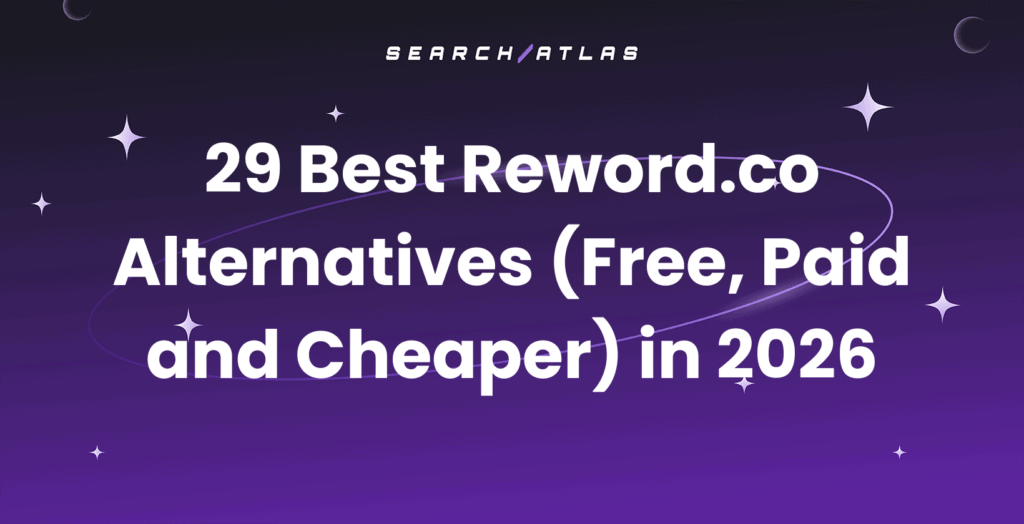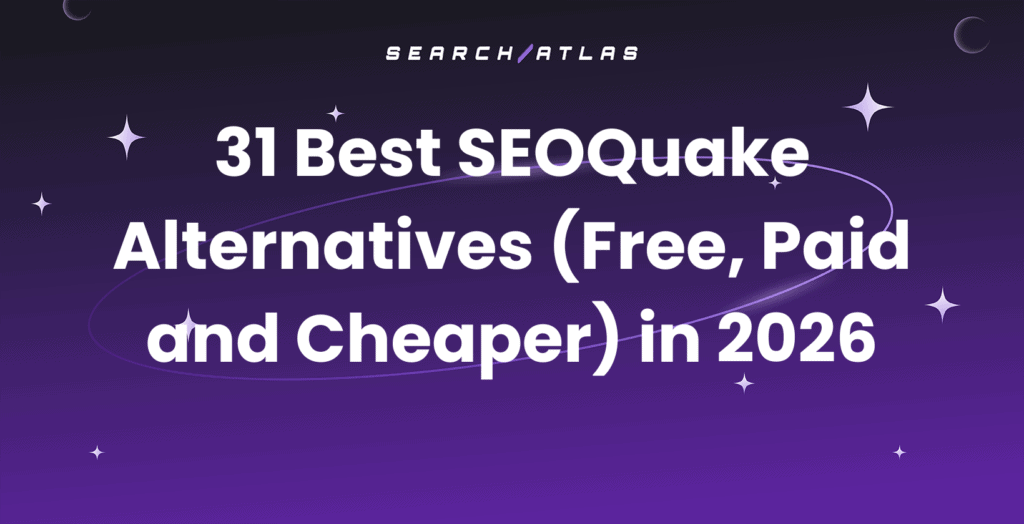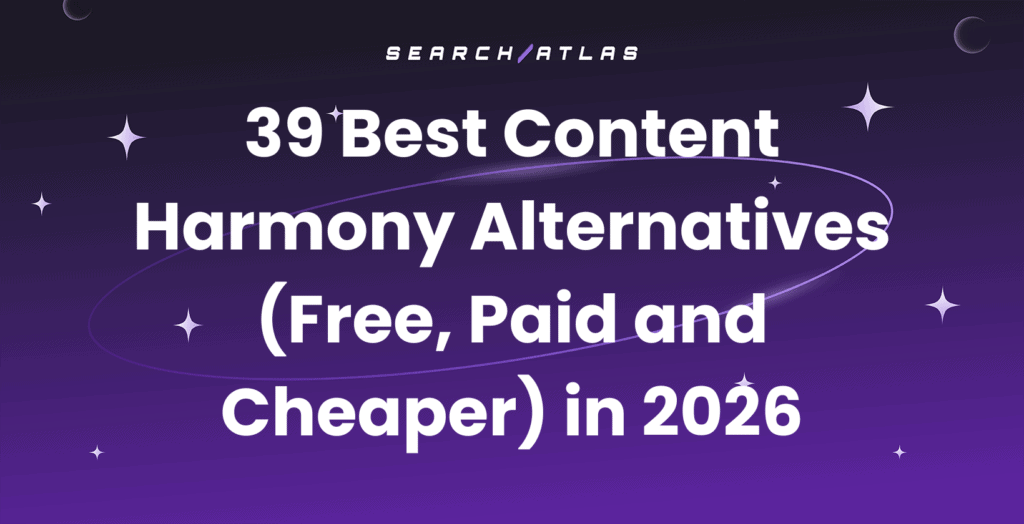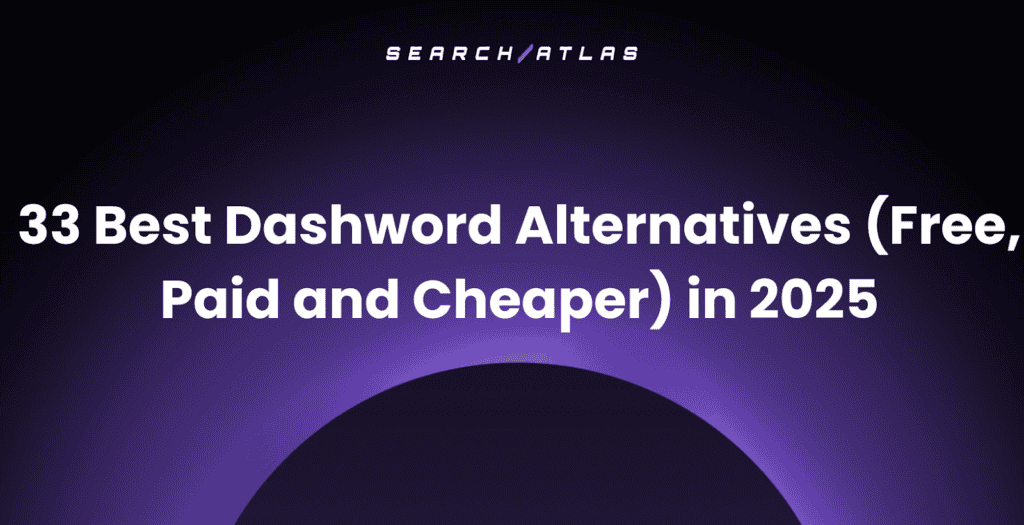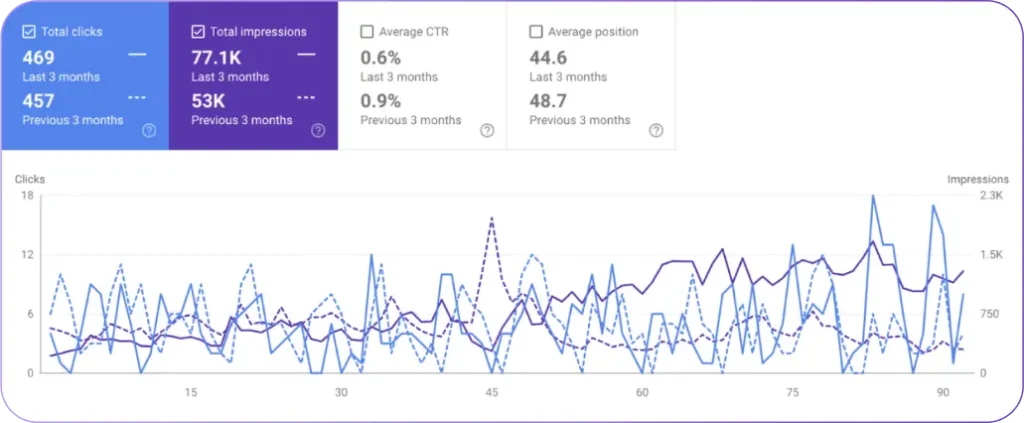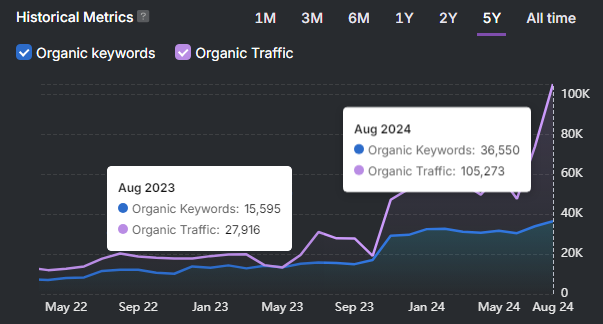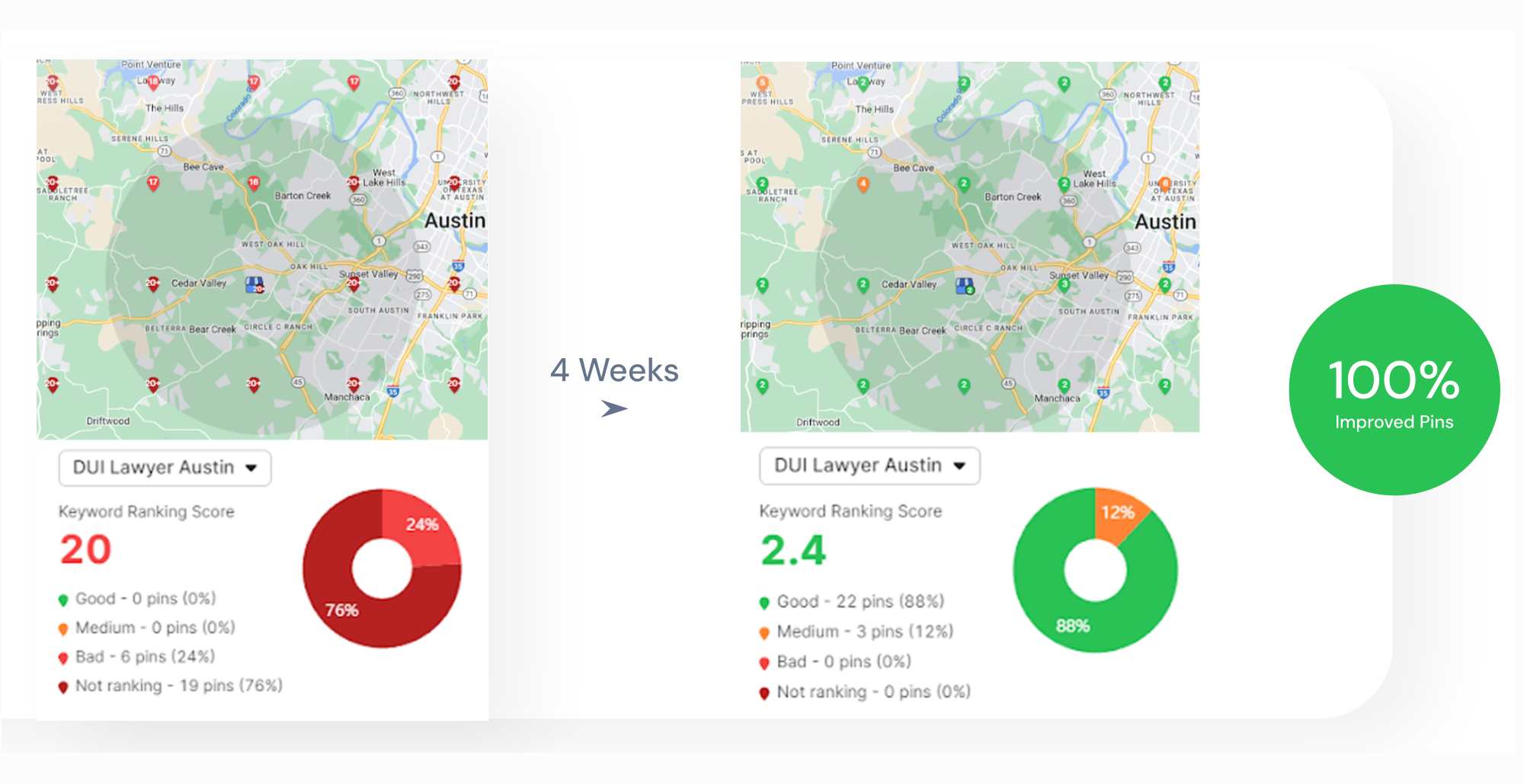The SEO Trojan Horse strategy uses resources to attract users, drawing them to your (unrelated) core offering. It sounds deceptive due to the origin story, but it relies on providing valuable tools, templates, or educational content, so there is nothing harmful about it. Trojan Horse SEO consists of 5 steps, including research, content creation, promotion, conversion, and authority building.
What Is the SEO Trojan Horse Strategy?
The SEO Trojan Horse SEO strategy is a strategy that uses content, free tools, or other resources to attract users in a competitive or new market and draw them to your (unrelated) core offering. The strategy is named after the wooden horse the Greeks used to enter Troy. The resources are created so they rank high, bring traffic, and build trust, which later increases the chances of conversions. For example, you create a free tool that solves one SEO problem and use it to attract people to your other SEO services.
The Trojan Horse SEO strategy consists of 3 elements, which are listed below.
- Indirect Market Entry. Rather than leading with your primary product or service, you provide something that appears unrelated but delivers genuine value to your target audience
- Trust Building. The initial valuable offering establishes credibility and builds relationships with potential customers, which creates a receptive environment for introducing your main solution later.
- Market Disruption. By accessing the market through an unconventional pathway, you create opportunities for competitive advantage.

Examples of the Trojan Horse SEO Strategy
We explain some types and examples of the Trojan Horse SEO strategy.
Free Tools
Offering free tools that solve industry problems is a common way to use this strategy. We list examples of its uses below.
- Mortgage Calculator. A real estate agency creates a comprehensive mortgage calculator tool to rank for “mortgage calculator” searches, then introduces its real estate services to users calculating home affordability.
- Logo Generator. A full-service design agency offers a free logo creation tool to capture “free logo maker” traffic, then upsells custom branding and design services.
- Calorie Counter App. A fitness coaching business builds a free calorie-tracking tool to attract health-conscious users, then promotes their personal training and nutrition programs.
Free Templates
We list examples of free templates below.
- Free Resume Templates. A career coaching service provides downloadable templates to attract job seekers, then offers interview prep and career guidance.
- Social Media Content Calendar Templates. A marketing agency gives away planning templates to attract small businesses that manage their own social media.
Content-Based Resources
We list examples of content-based resources below.
- Best Project Management Features. Instead of targeting “best project management software,” a SaaS company creates content about essential PM features, then positions their tool as having all these capabilities.
- What’s Your Learning Style Quiz. An online course platform creates personality-style quizzes to attract learners, then recommends courses based on results.
- Small Business Tax Deductions Guide. An accounting firm creates comprehensive tax guides to rank for tax-related searches, then introduces its bookkeeping and tax preparation services.
- Social Media Analytics Explained. A marketing agency teaches analytics concepts to attract businesses struggling with social media, then offers its management services.
- Email Marketing Best Practices. An email platform creates educational content about email marketing strategy and positions its tool as the ideal implementation solution.
How to Implement the Trojan Horse SEO Strategy
To implement the Trojan Horse SEO strategy, follow the steps outlined below.
1. Research
Discover what people are searching for with keyword, competitor, and market research. Use keyword research tools to find long-tail keywords and questions relevant to your target audience. These keywords point to resources you need to create and problems you need to solve. These topics are not necessarily tightly related to the service or core offering you want to sell.
Next, use competitor analysis tools to understand competitor gaps and opportunities to insert yourself into the market. Competitor research tools like Topical Dominance show you how your competitors cover a certain topic and which keywords they rank for. A full content gap analysis helps you plan your strategy.
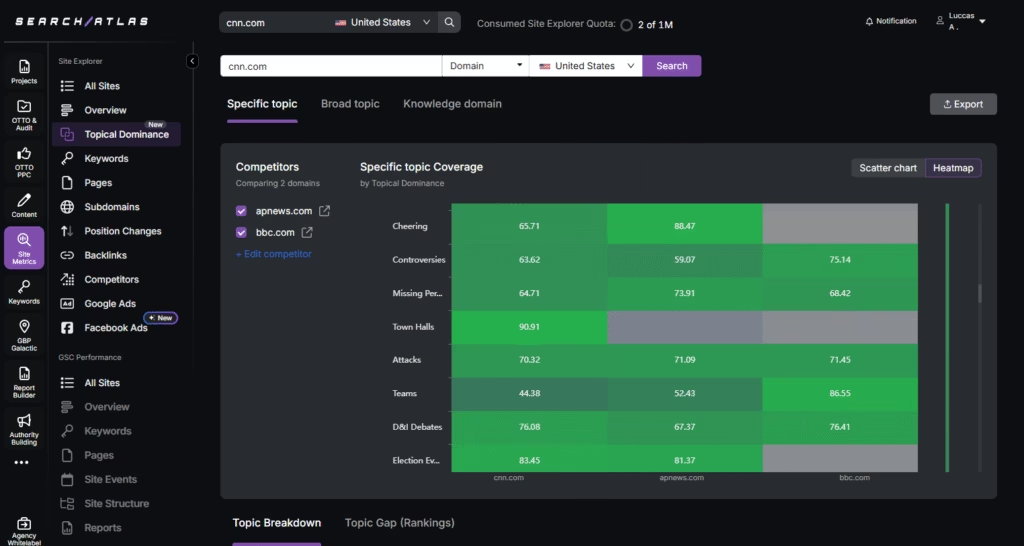
2. Create Resources
Aim to create tools that solve industry problems or valuable, thought leadership content. Research your target audience demographics, pain points, and search behaviors to create resources that resonate. Focus on topics that align with keyword intent or tools that are a common necessity. Structure your content with clear headings, bullet points, and scannable sections to improve readability.
Optimized resources typically have a higher search visibility and attract more traffic. Marketers use AI to optimize Trojan Horse content so it is more likely to rank. Real-time optimization tools like Content Genius optimize content for any location in the world, monitor on-page SEO factors, and analyze the terms top-ranking pages use.
Evaluate content quality using Google criteria like content clarity, factuality, and contextual flow. A tool that lets you do this is Search Atlas Scholar. Scholar benchmarks your content against competitors and provides specific improvements.
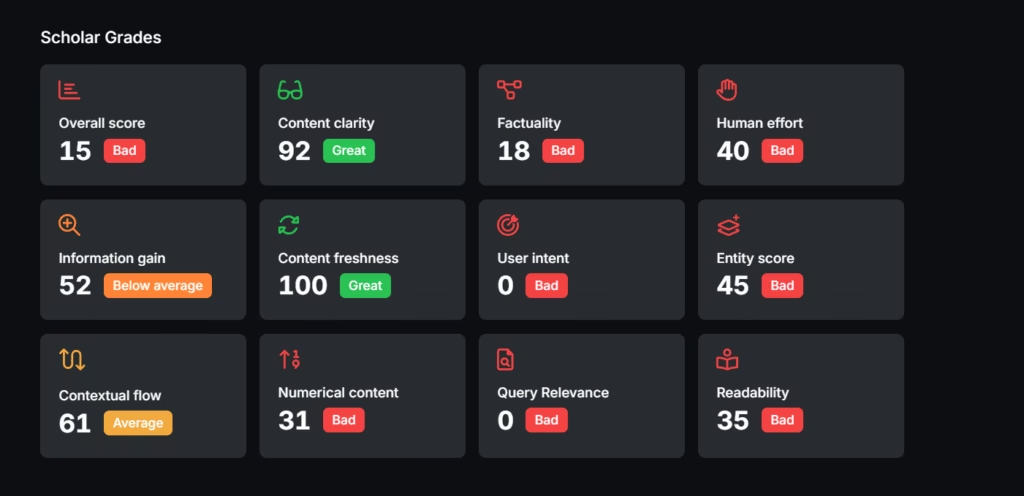
3. Promote and Attract
Great content remains invisible without a targeted promotion plan. Your promotion plan can include paid and organic strategies.
For paid promotion, consider content ads as they target specific audience segments that align with your ideal customer profiles. These paid promotions drive qualified traffic to your educational resources. Users engage with helpful content first, then discover your products or services naturally.
Consider email marketing, as it has relatively low costs and high ROI. Other options include paid or organic content syndication. Syndication tools like the Search Atlas Press Release Generator amplify your reach through established news websites and media networks. Press releases deliver immediate visibility while generating valuable backlinks that enhance search ranking. Organic views come through SEO best practices and increasing visibility over time.
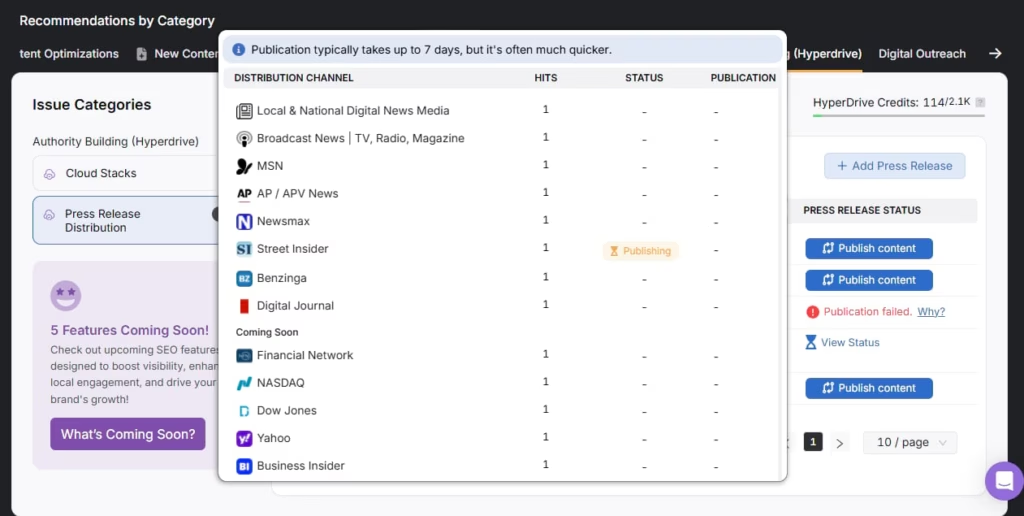
4. Convert the Leads
Convert engaged users through calls-to-action, related educational content, and multichannel marketing. Place compelling calls-to-action at natural content breaks and design action buttons that stand out. Use action-oriented language that creates urgency without appearing pushy. Test different CTA placements and messaging to optimize conversion rates after you identify high-performing variations.
In educational content, increase conversion by linking to service pages. Keep adding value by creating content clusters that naturally lead users deeper into your expertise areas. Recommend next-step resources that address advanced questions.
Finally, try a multichannel conversion approach. Retarget content consumers with tailored ads on social media and search networks. Create consistent messaging across all channels while adapting format and tone to platform requirements.
5. Build Authority
Authority building serves as the culmination step because it transforms short-term content wins into sustained market leadership. This step ensures your site ranks higher and attracts more organic traffic.
Authority building includes building backlinks, creating an SEO-friendly blog, and improving your brand visibility. For Trojan Horse SEO, it helps to create and publish content on multiple media platforms.
The Benefits of Trojan Horse SEO
There are many benefits of Trojan Horse SEO below. The many benefits of Trojan Horse SEO are listed below.
Higher Search Visibility
Reach a wider audience by targeting informational keywords that competitors often overlook. Users search for educational content more frequently than commercial terms, which provides abundant traffic opportunities. Search engines reward comprehensive informational content with higher rankings. Your website appears in more search results when you cover diverse topics within your niche.
Improved Site Authority
Establish your website as a trusted source of information through consistent, high-quality content creation. Authority builds over time as your content demonstrates expertise across multiple topics and earns backlinks from other authoritative sources. Trojan Horse SEO helps you attract this traffic and build trust in your industry, especially if you build tools.
Lead Generation
Trojan Horse SEO helps you capture qualified leads through valuable resources. Users willingly share contact information in exchange for premium resources, which helps you create lead databases for future nurturing campaigns. This approach proves useful for general and local SEO lead generation strategies.
Competitive Advantage
Trojan Horse SEO is useful in new markets as it disrupts traditional marketing approaches that focus solely on sales-driven messaging. Educational resources or tools differentiate your brand from competitors who use aggressive promotional tactics. Users appreciate brands that prioritize value over immediate sales pressure.
Build an SEO Trojan Horse With the Latest Tools
Trojan Horse SEO positions your business as a helpful resource first. It builds trust that competitors struggle to match through conventional advertising. However, it is not an easy strategy to implement as it requires plenty of research, planning, resource creation, and promotion. For this, agencies use the latest AI tools to save time and effort. Search Atlas has a complete toolkit for implementing this strategy with ease. Boost your conversions and sign up for our free trial today!


